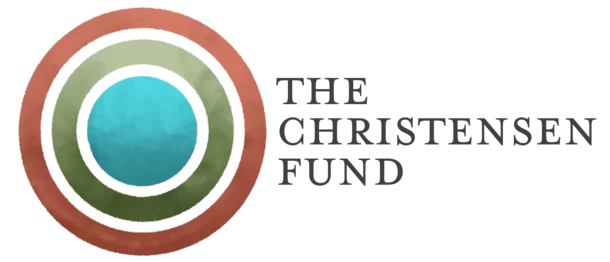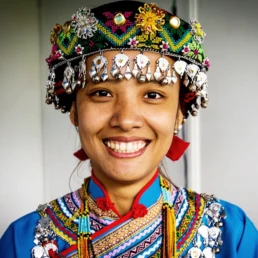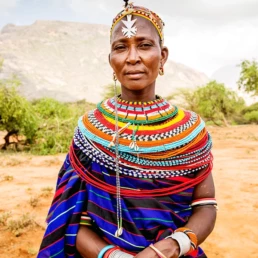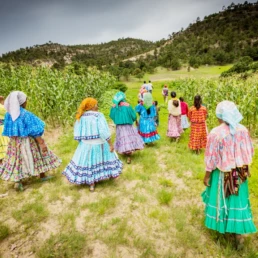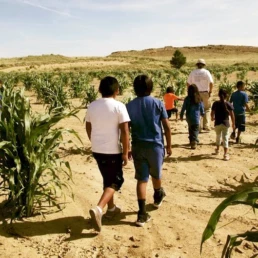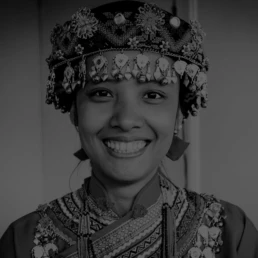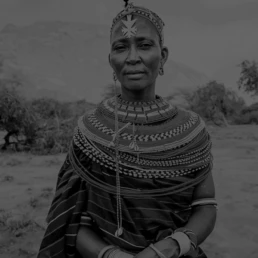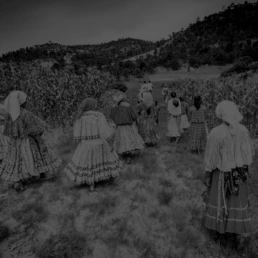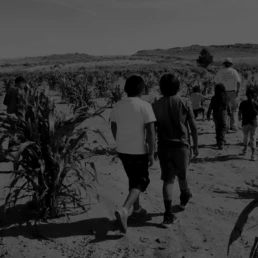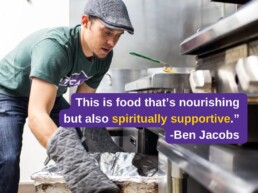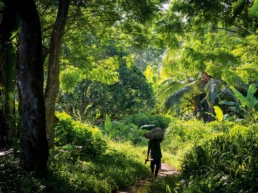The Christensen Fund works to support Indigenous Peoples in advancing their inherent rights, dignity, and self determination.
Read more
The Christensen Fund works to support Indigenous Peoples in advancing their inherent rights, dignity, and self determination.
Read more
The Christensen Fund works to support Indigenous Peoples in advancing their inherent rights, dignity, and self determination.
Read more
Our Partners
We support partners in four geographical areas: Kenya, Global, Mexico, and the United States.
Learn more
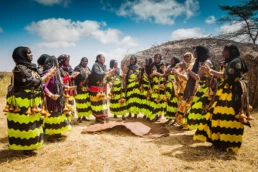
Our Grantmaking
Our funding, strategic alliances, and inter-cultural collaborations all center Indigenous leadership, voices, and perspectives around the world.
Read more

Our Grantmaking
Our funding, strategic alliances, and inter-cultural collaborations all center Indigenous leadership, voices, and perspectives around the world.
Read more
News & Views
Explore the stories and latest news from the field, our team, and partners around the world.
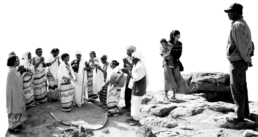
Groundbreaking Investment in Two Native Organizations
February 6, 2024
The Christensen Fund Details Indigenous Peoples and Local Communities Pledge Commitments
January 1, 2024
At the World Leaders Summit at COP26, the Christensen Fund joined the UK, Norway, Germany, the US, and the Netherlands, and over 15 private funders in a collective pledge of 1.7…
The Christensen Fund Elects Three New Indigenous Women Trustees
October 4, 2023
The Christensen Fund is pleased to announce the addition of two new members to its Board of Trustees. These new members have considerable experience leading philanthropic and…
Tero Mustonen of Snowchange Cooperative Awarded 2023 Goldman Prize
May 2, 2023
The Christensen Fund would like to congratulate the 2023 Goldman Prize recipients. Each year, the Goldman Prize recognizes the work of extraordinary grassroots leaders and their…
Read more stories

